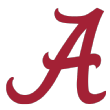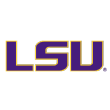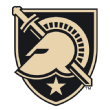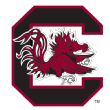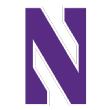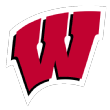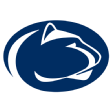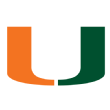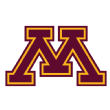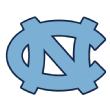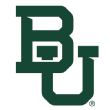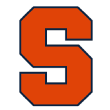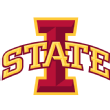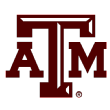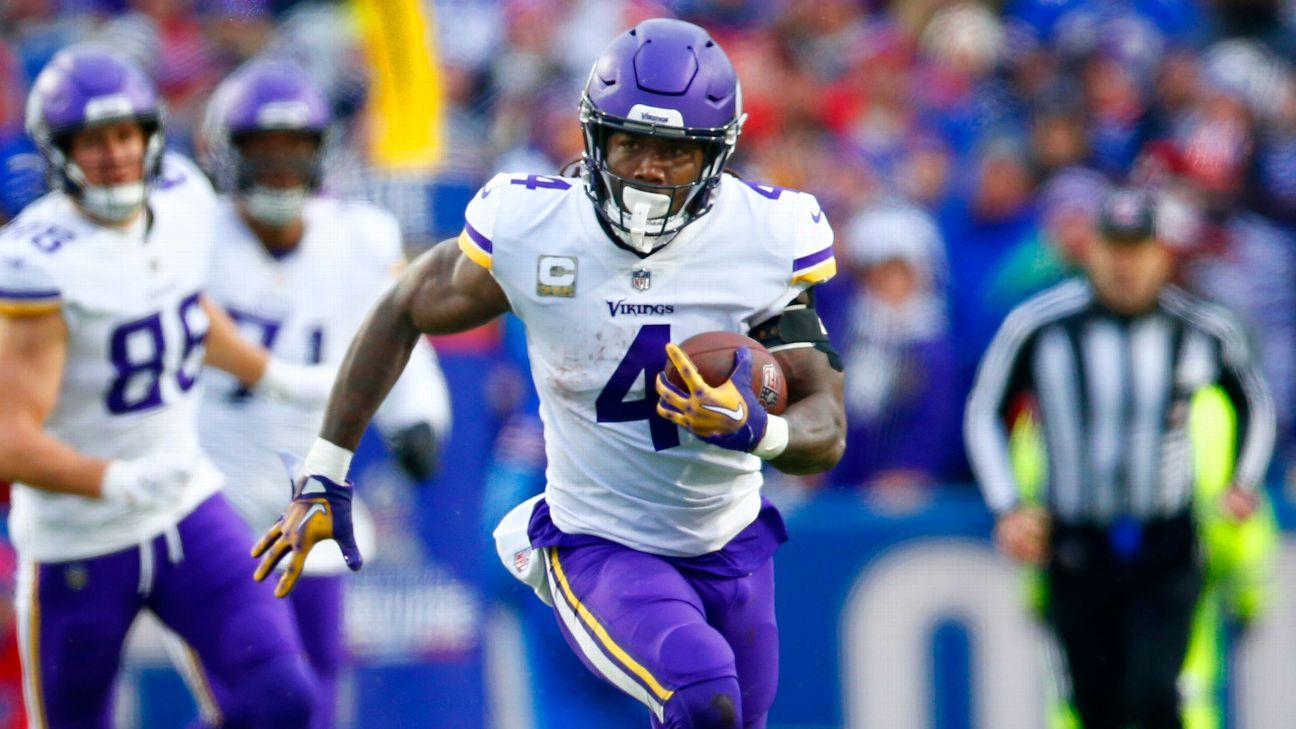Rosas said no. About two days passed, sources say. The night before the deadline, Myers called Rosas and asked for the most Minnesota might concede on pick protections. Rosas suggested a pick protected around the top seven, eight, or nine selections, sources say.
"I went to bed thinking we were not going to get a deal done," Myers says. "Deals die over picks all the time."
On deadline morning, the two sides hashed out final terms: Minnesota would send a top-three protected pick in the 2021 draft -- the pick that became Kuminga. Since the pick was not unprotected, the Warriors also asked for a 2021 second-rounder that ended up No. 36. Minnesota agreed. Golden State included Omari Spellman and Jacob Evans to duck the luxury tax; the Wolves ended the year a hair over the tax. Jordan Poole, then a struggling rookie, does not appear to have factored into that fringe salary conversation, sources say.
AFTER SOME EARLY hiccups, Wiggins has been about as advertised on defense. He has done a serviceable job on Jayson Tatum in the NBA Finals so far, and his work on Luka Doncic was a swing factor in the Western Conference finals. Wiggins has amped up his rebounding in the postseason on both ends.
The fit on offense took longer, in part because Curry and Thompson were hurt during Wiggins' first few months with the team.
"Like most guys, it took him a couple of months to feel comfortable with all the off-ball movement," Kerr says.
Wiggins agrees. "In this system, you have to move a lot," he says. "A lot of the positions are almost interchangeable."
The Warriors asked Wiggins to jack more 3s. Wiggins has obliged, hitting 38% from deep as a Warrior. "Same shot, just more reps," Wiggins insists.
Wiggins also can manufacture buckets one-on-one when the Warriors' beautiful game runs into roadblocks. He's not Durant, obviously, but even the Warriors need that kind of self-creation against elite playoff defenses.
not supported
not supported
Is Wiggins a better player than he was in Minnesota or is he the same player in a better situation? He averaged 17 points this season, and he's at 15.8 in the playoffs; it's not as if he has exploded. His 2-point shooting is the same as ever. He has fallen off at the line. He's still an average (at best) passer for his position.
Wiggins has always been an underrated cutter, a skill the Warriors' system amplifies in everyone around Curry and Green -- and one that has been handy in this series when Boston stashes its centers on Wiggins. He has also won respect for his durability.
The "is Wiggins actually better?" debate isn't relevant to the Warriors -- yet. They have Curry, Green, and Thompson in their primes; Wiggins is doing what Golden State needs in that context well enough that it is three wins from the title.
Wiggins' play and the Warriors reaching this level again has probably changed Golden State's medium-term calculus. Lots of rival executives have long assumed Golden State would let Wiggins' deal expire after next season; it would be too expensive even for this money-printing juggernaut to pay Curry, Thompson, Green, Poole, and Wiggins big-money contracts, and wasn't the point of Kuminga and Moses Moody to step into the Wiggins role -- only on rookie-scale contracts?
Golden State letting Wiggins walk for nothing always seemed slightly dubious given its tendency to recycle big-salary roster spots. Now the Warriors might be too good -- and Wiggins too good in his role -- for them to go that route.
Poole is up for an extension this summer. Deals for Thompson and Green expire after the 2023-24 season, though Green could opt out a year earlier. Factoring in realistic sub-max estimates for those five players -- plus Gary Payton II and Kevon Looney -- Golden State's payroll could hit the $475 million mark, including luxury tax penalties, per an analysis from ESPN's Bobby Marks. That is unprecedented. (The Payton/Looney deals are not trivial. Given tax implications, the difference between realistic deals for them and minimum contracts might amount to $50 million, per Marks.)
Depending on the team's appetite for that kind of spending, it could raise uncomfortable questions: Do the Warriors have to choose between Wiggins and Poole? Or even worse: Does the choice become two among Wiggins, Green, and Thompson? The Warriors are paying a league-record $346 million in salary and tax this season, and rivals are already grumbling about Golden State's competitive spending advantage, sources say. (Tens of millions in Golden State money gets spread to those teams via revenue-sharing and payouts to teams who don't pay the tax.)
Officials from several teams -- both front-office executives and team governors -- have in the last few years proposed tweaks to the tax system that might provide some relief on specific contracts tied to homegrown players. (They are similar to some I theorized about in 2018: Maybe some third and fourth contracts to players a team drafted only count a certain percentage for tax purposes? Or perhaps such tax discounts only apply to maximum contracts late in a player's career?) Depending on specifics, such proposals -- should they ever be enacted -- might not even help Golden State.
It's unclear whether Joe Lacob, Golden State's governor, has been among the loudest voices pitching such ideas, but common sense suggests he'd favor them. It's hard to imagine Thompson or Green in another uniform.
Wiggins might not be able to stick to this supporting role forever, either. Curry will get older and slow down someday. Can Wiggins assume a larger load if Kuminga, Moody, and James Wiseman (remember him?) aren't ready in time?
Next season will be telling. The Denver Nuggets and LA Clippers are coming for the throne. The Grizzlies, Phoenix Suns, and Dallas Mavericks aren't budging. The Los Angeles Lakers still have LeBron James and Anthony Davis. The Wolves are rising, and the Utah Jazz want to remain competitive. How do the Warriors fare if the West is healthier, deeper?
But that's next season. The Warriors are focused on Boston -- on adding another ring. Wiggins isn't their best or most important player, but they would not be here without him.
"He's in a completely different role here," Kerr says, "and it's been a perfect fit."
"I went to bed thinking we were not going to get a deal done," Myers says. "Deals die over picks all the time."
On deadline morning, the two sides hashed out final terms: Minnesota would send a top-three protected pick in the 2021 draft -- the pick that became Kuminga. Since the pick was not unprotected, the Warriors also asked for a 2021 second-rounder that ended up No. 36. Minnesota agreed. Golden State included Omari Spellman and Jacob Evans to duck the luxury tax; the Wolves ended the year a hair over the tax. Jordan Poole, then a struggling rookie, does not appear to have factored into that fringe salary conversation, sources say.
AFTER SOME EARLY hiccups, Wiggins has been about as advertised on defense. He has done a serviceable job on Jayson Tatum in the NBA Finals so far, and his work on Luka Doncic was a swing factor in the Western Conference finals. Wiggins has amped up his rebounding in the postseason on both ends.
The fit on offense took longer, in part because Curry and Thompson were hurt during Wiggins' first few months with the team.
"Like most guys, it took him a couple of months to feel comfortable with all the off-ball movement," Kerr says.
Wiggins agrees. "In this system, you have to move a lot," he says. "A lot of the positions are almost interchangeable."
The Warriors asked Wiggins to jack more 3s. Wiggins has obliged, hitting 38% from deep as a Warrior. "Same shot, just more reps," Wiggins insists.
Wiggins also can manufacture buckets one-on-one when the Warriors' beautiful game runs into roadblocks. He's not Durant, obviously, but even the Warriors need that kind of self-creation against elite playoff defenses.
not supported
not supported
Is Wiggins a better player than he was in Minnesota or is he the same player in a better situation? He averaged 17 points this season, and he's at 15.8 in the playoffs; it's not as if he has exploded. His 2-point shooting is the same as ever. He has fallen off at the line. He's still an average (at best) passer for his position.
Wiggins has always been an underrated cutter, a skill the Warriors' system amplifies in everyone around Curry and Green -- and one that has been handy in this series when Boston stashes its centers on Wiggins. He has also won respect for his durability.
The "is Wiggins actually better?" debate isn't relevant to the Warriors -- yet. They have Curry, Green, and Thompson in their primes; Wiggins is doing what Golden State needs in that context well enough that it is three wins from the title.
Wiggins' play and the Warriors reaching this level again has probably changed Golden State's medium-term calculus. Lots of rival executives have long assumed Golden State would let Wiggins' deal expire after next season; it would be too expensive even for this money-printing juggernaut to pay Curry, Thompson, Green, Poole, and Wiggins big-money contracts, and wasn't the point of Kuminga and Moses Moody to step into the Wiggins role -- only on rookie-scale contracts?
Golden State letting Wiggins walk for nothing always seemed slightly dubious given its tendency to recycle big-salary roster spots. Now the Warriors might be too good -- and Wiggins too good in his role -- for them to go that route.
Poole is up for an extension this summer. Deals for Thompson and Green expire after the 2023-24 season, though Green could opt out a year earlier. Factoring in realistic sub-max estimates for those five players -- plus Gary Payton II and Kevon Looney -- Golden State's payroll could hit the $475 million mark, including luxury tax penalties, per an analysis from ESPN's Bobby Marks. That is unprecedented. (The Payton/Looney deals are not trivial. Given tax implications, the difference between realistic deals for them and minimum contracts might amount to $50 million, per Marks.)
Depending on the team's appetite for that kind of spending, it could raise uncomfortable questions: Do the Warriors have to choose between Wiggins and Poole? Or even worse: Does the choice become two among Wiggins, Green, and Thompson? The Warriors are paying a league-record $346 million in salary and tax this season, and rivals are already grumbling about Golden State's competitive spending advantage, sources say. (Tens of millions in Golden State money gets spread to those teams via revenue-sharing and payouts to teams who don't pay the tax.)
Officials from several teams -- both front-office executives and team governors -- have in the last few years proposed tweaks to the tax system that might provide some relief on specific contracts tied to homegrown players. (They are similar to some I theorized about in 2018: Maybe some third and fourth contracts to players a team drafted only count a certain percentage for tax purposes? Or perhaps such tax discounts only apply to maximum contracts late in a player's career?) Depending on specifics, such proposals -- should they ever be enacted -- might not even help Golden State.
It's unclear whether Joe Lacob, Golden State's governor, has been among the loudest voices pitching such ideas, but common sense suggests he'd favor them. It's hard to imagine Thompson or Green in another uniform.
Wiggins might not be able to stick to this supporting role forever, either. Curry will get older and slow down someday. Can Wiggins assume a larger load if Kuminga, Moody, and James Wiseman (remember him?) aren't ready in time?
Next season will be telling. The Denver Nuggets and LA Clippers are coming for the throne. The Grizzlies, Phoenix Suns, and Dallas Mavericks aren't budging. The Los Angeles Lakers still have LeBron James and Anthony Davis. The Wolves are rising, and the Utah Jazz want to remain competitive. How do the Warriors fare if the West is healthier, deeper?
But that's next season. The Warriors are focused on Boston -- on adding another ring. Wiggins isn't their best or most important player, but they would not be here without him.
"He's in a completely different role here," Kerr says, "and it's been a perfect fit."

